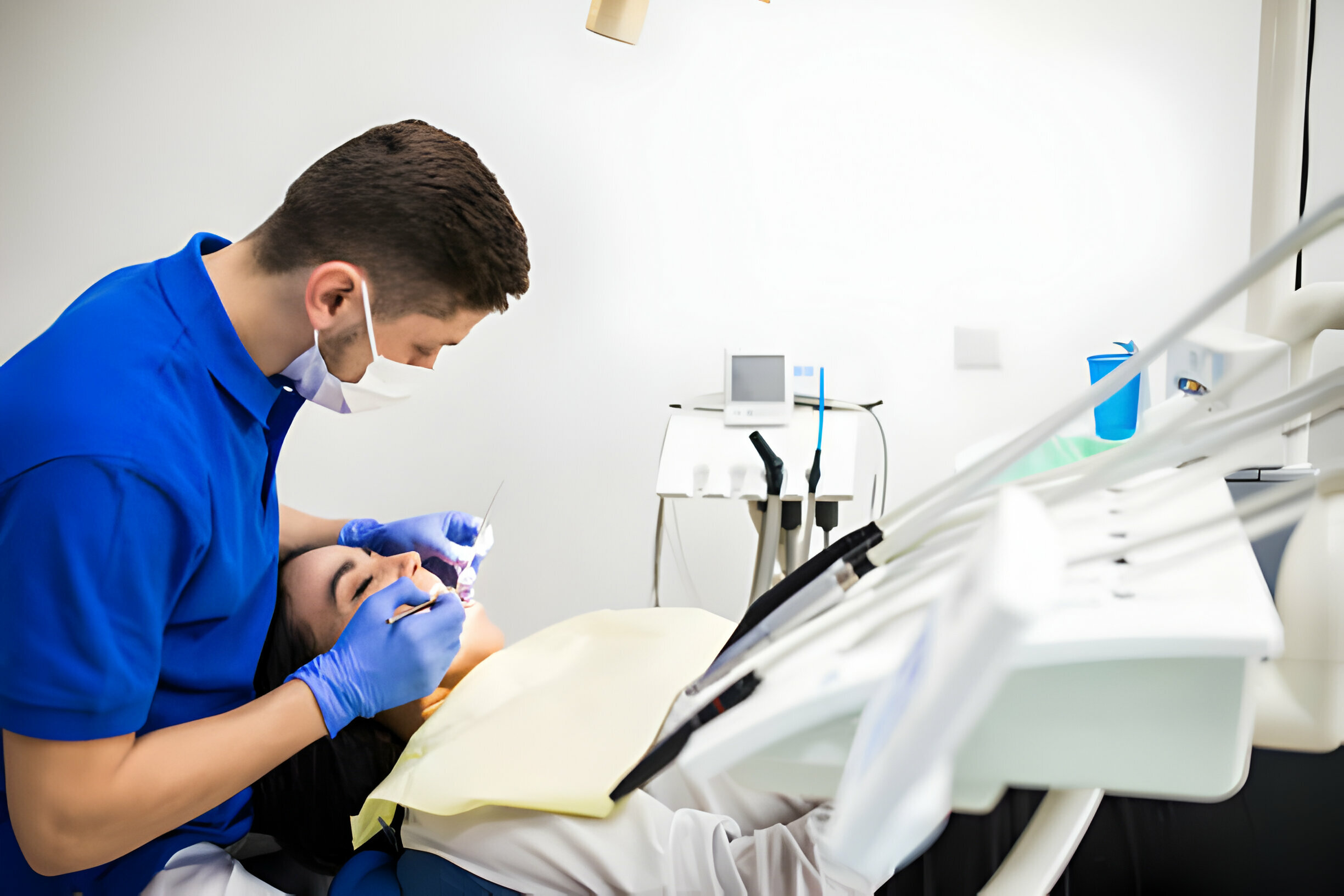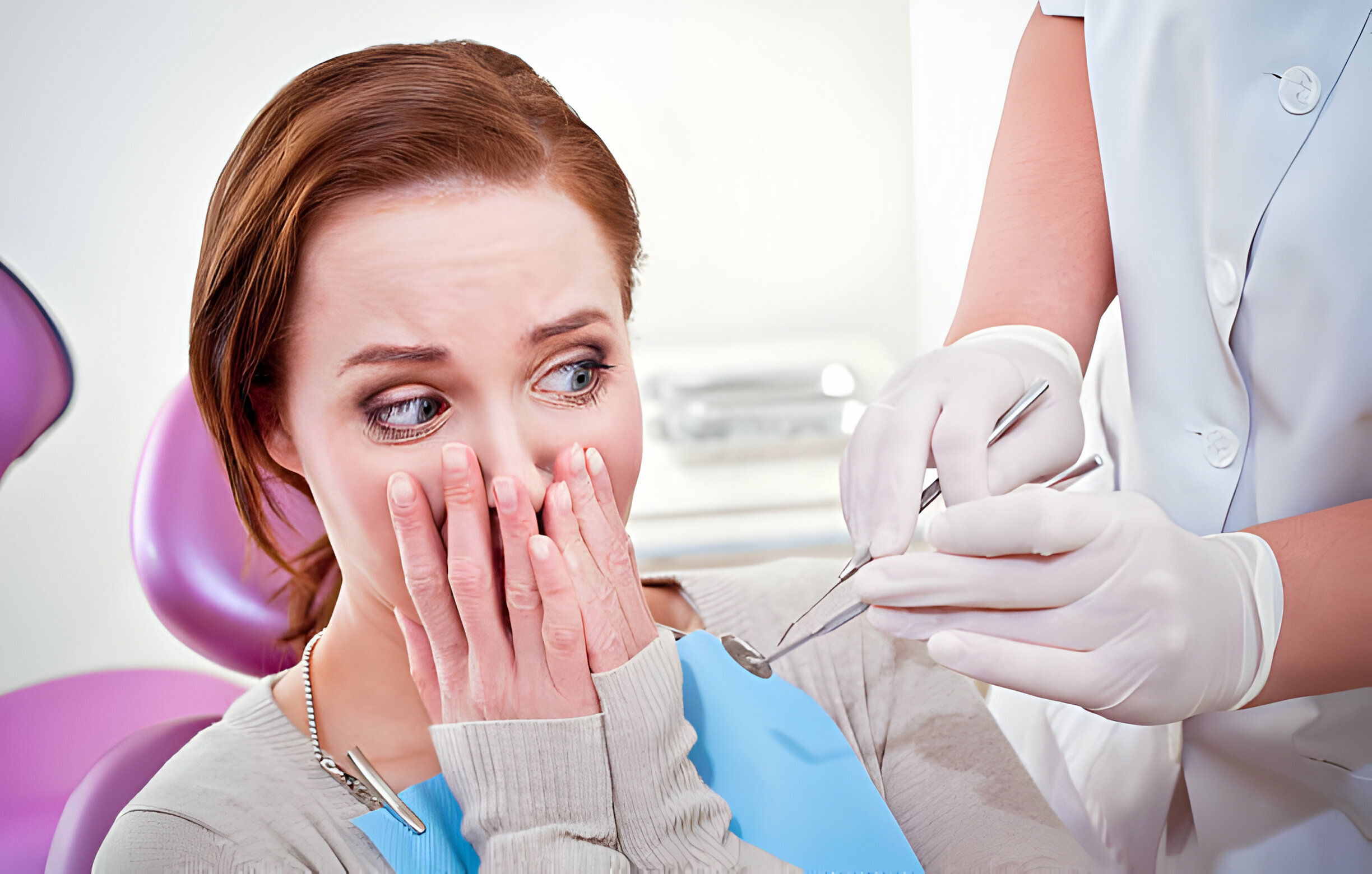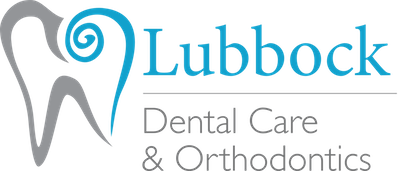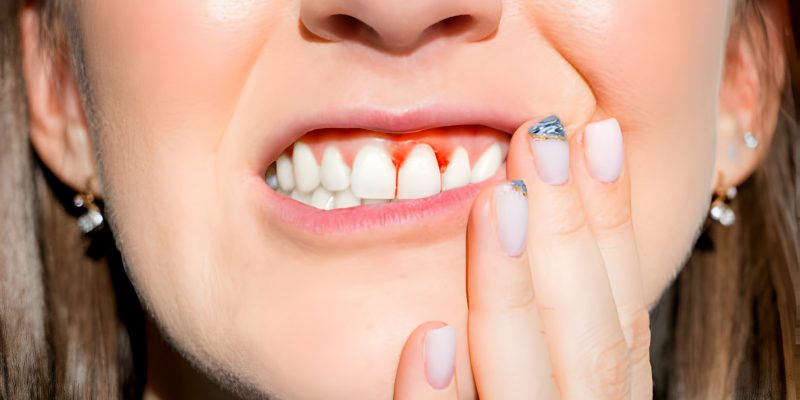Summary:
Your gums support your teeth, which is crucial in maintaining oral health, enabling proper smiling, and sustaining bite strength. Unfortunately, gums are also susceptible to various diseases like other body parts.
That is why proper oral hygiene and regular dental check-ups are crucial for preventing and managing gum problems.

But what is involved in the treatment for gum diseases, and are they effective in preventing and managing further complications?
Let’s find out as we explore more about:
- Gum Disease Or Periodontal Disease Overview
- Assessment And Diagnosis Of Gum Disease
- The Top 5 Effective Gum Disease Treatments You Need To Know
- Crucial Benefits Of Gum Disease Treatment
In the following sections, continue reading to gain a deeper insight into gingival treatment.
Gum Disease Or Periodontal Disease Overview
Gum disease, also known as periodontal disease, stems mainly from inadequate oral hygiene, which allows plaque and bacteria to accumulate around the gums. Around 47.2% of adults have some form of gingiva disease, which increases with age.
You may experience symptoms like swollen, red, bleeding gums, persistent bad breath, loose teeth, and receding gums. If you don’t address your gingiva disease on time, it may result in tooth loss and lead to systematic health issues like heart disease.
Five effective treatments for gingiva can effectively treat your disease.
Treatment in Dental Lubbock, Texas, typically entails professional dental cleanings to remove plaque and tartar buildup and diligent at-home oral care routines like brushing, flossing, and using antimicrobial mouthwash.
Assessment And Diagnosis Of Gum Disease
Gingiva is a prevalent condition that can affect individuals of all ages, and its early detection is crucial for effective management and prevention of further complications. Examining the gingiva can provide a thorough evaluation of the health of your cavity, enabling dentists to tailor a treatment plan specific to your needs.
Visual Examination
Dentists begin diagnosis of gum disease by visually inspecting your gums for any signs of inflammation, redness, swelling, or bleeding. These visual cues can often indicate the presence of gingiva and provide valuable insights into the overall health of your oral tissues.
Periodontal Probe Measurements
Gum infection dentists carefully measure the depth of the pockets between your gums and teeth using a specialized tool called a periodontal probe. Deeper pockets may suggest the presence of gum issues, as they indicate a separation between the gum tissue and the tooth surface, allowing bacteria to accumulate and potentially cause damage.
X-ray Imaging
Dentists utilize dental X-rays to assess the underlying bone structure supporting your teeth. Bone loss is a common consequence of untreated gingiva, and X-ray imaging allows us to detect any abnormalities or signs of deterioration in the bone surrounding your teeth.
Symptom Evaluation
Your dentist may also look for any symptoms you have experienced, such as persistent bad breath, sensitivity, or tooth mobility. These symptoms, along with clinical findings, help dentists form a comprehensive understanding of your oral health.
The Top 5 Effective Gum Disease Treatments You Need To Know
Gum disease is a common yet serious oral health concern affecting millions worldwide. It progresses from mild inflammation of the gums (gingivitis) to severe damage to the soft tissue and bone supporting the teeth (periodontitis). Effective gum disease treatment is crucial in managing and potentially reversing the issue.
Here are five essential therapies with proven efficacy:
Professional Dental Cleaning
Regular dental cleanings are pivotal in preventing and treating gum disease. During these cleanings, a dental hygienist thoroughly removes plaque and tartar buildup from the teeth and along the gum line.
This process helps to eliminate the bacterial colonies responsible for inflammation and infection. Additionally, dental professionals can identify early signs of gingiva during these appointments, allowing for prompt intervention.

Scaling and Root Planing (Deep Cleaning)
When gum disease advances beyond the initial stages, your dentist may recommend a deep cleaning procedure known as scaling and root planing.
This treatment for gum disease targets the removal of plaque and tartar deposits from below the gum line, reaching areas that are inaccessible during regular cleanings. By meticulously cleaning the tooth roots and smoothing the root surfaces, scaling and root planing facilitate healing and reduce the risk of further bacterial growth.
Antibacterial Mouthwash
Incorporating an antibacterial mouthwash into your oral hygiene routine can complement professional gum therapy treatments and promote gum health.
Mouthwashes containing active ingredients such as chlorhexidine or essential oils can effectively reduce the levels of harmful bacteria in the mouth. Regularly rinsing with an antibacterial mouthwash can help control bacterial proliferation, minimize inflammation, and support the healing of tissues.
Antibiotic Therapy
Dentists may prescribe antibiotics to combat bacterial infection and inflammation in moderate to severe gingiva cases. Antibiotics can be administered orally or topically, depending on the severity and extent of the condition.
Oral antibiotics work systemically to target bacteria throughout the body. When used with other bad gum disease treatments, these medications can help eliminate pathogenic bacteria, reduce pocket depths, and promote tissue regeneration.
Lifestyle Changes and Home Care
Adopting healthy oral hygiene habits and lifestyle modifications are essential to management. Brushing with fluoride toothpaste and flossing daily removes plaque and debris between teeth.
Using water flossers can also help maintain optimal oral hygiene. Avoiding tobacco products is also crucial, as smoking and tobacco use are significant risk factors for oral disease progression.
Crucial Benefits Of Gum Disease Treatment
Gum disease can have severe consequences if left untreated. Here are some benefits of undergoing periodontal treatment:

- Prevention of Tooth Loss: Periodontal issues are a leading cause of tooth loss in adults. By addressing the underlying infection and inflammation of the gums, periodontal treatment helps to preserve your teeth and prevent them from becoming loose or falling out.
- Improved Oral Health: Treating periodontal issues saves teeth and improves oral health. Removing harmful bacteria and plaque buildup below the gum line reduces the risk of developing cavities and other oral infections.
- Reduced Risk of Systemic Health Issues: Growing evidence links periodontal disease to systemic health conditions such as heart issues, diabetes, and respiratory infections. By managing gingiva through treatment, you can reduce the risk of developing these serious health issues.
- Enhanced Aesthetic Appearance: Advanced periodontal disease can cause gums to recede, leading to an unsightly appearance and exposing the roots of the teeth. Gum disease cure can help restore your gums’ natural contours, improving your smile’s aesthetic appearance.
- Elimination of Bad Breath: Persistent bad breath, or halitosis, is a common symptom of periodontal issues. Periodontal treatment can effectively eliminate bad breath, improving self-confidence and social interactions by treating the underlying infection and restoring oral health.
Takeaway
- Regular professional dental care is essential for preventing and managing gum disease, as it allows for plaque and tartar removal and early detection of gingiva symptoms.
- Diagnosis involves visual examination, pocket depth measurement, X-ray imaging, and symptom evaluation to assess the severity of gingiva.
- Effective treatments include professional dental cleaning, deep cleaning (scaling and root planing), antibacterial mouthwash, antibiotic therapy, and lifestyle changes/home care.
- Treating gum disease prevents tooth loss and improves oral health. Don’t risk your smile; connect with our experts at Lubbock Dental Care & Orthodontics today!

